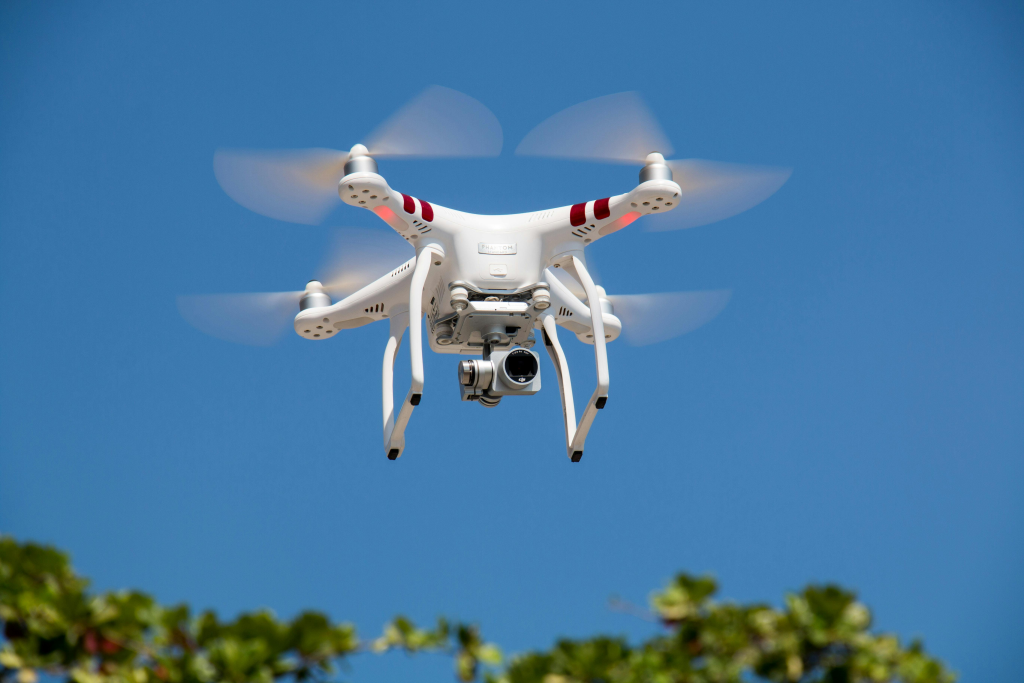
In contemporary combat, quantity can be as deadly as quality. Russia’s most recent overnight bombardment of Ukraine close to 500 drones and missiles released in one coordinated onslaught highlights a move towards saturation strategies meant to bleed even the most superior defences dry.

1. Scale and Coordination of the Attack
Ukrainian President Volodymyr Zelenskyy labeled the strike as “a cynical and calculated attack, with more than 450 drones and over thirty missiles at everything that sustains regular life.” The operation targeted power infrastructure in multiple regions, cutting off power and drinking water supplies. The timing overnight reduced daylight exposure to the utmost extent possible, taking benefit of lesser visibility, and the combined use of drones as well as missiles caused defenders to split their attention as well as resources.
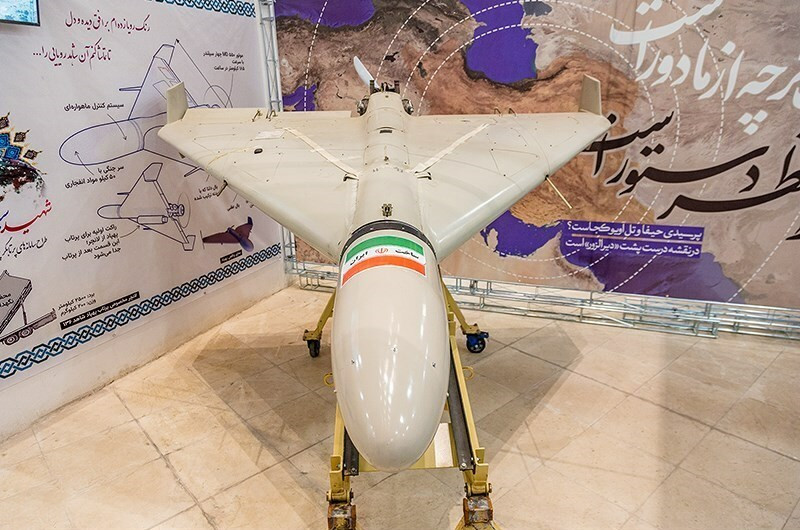
2. Shahed-136: The Backbone of the Drone Swarm
Most of the unmanned systems were Iranian-designed Shahed-136 loitering munitions, rebranded by the Russians as Geran-2. They are about 200 kg in weight, cruise at 185 km/h, and can be equipped with warheads of up to 40 kg. Powered with the Mado MD-550 piston engine, the drones are cheap about $20,000 each and launched in swarms of 5–10 from the containerized launchers. Given their composite structures, the drones are hard to detect on the radar at low altitude, besides overstretching the interception capacity with sheer numbers.

3. Kalibr Cruise Missiles: Precision from the Sea
Alongside drones, Russia employed Kalibr 3M-14 submarine-launched cruise missiles, capable of ranges between 1,500 and 2,500 km. These subsonic weapons use inertial navigation, GLONASS satellite guidance, and terrain-contour matching for mid-course navigation, with active radar or electro-optical seekers for terminal targeting. Launched from Kilo-class submarines, they offer stealthy, long-range precision against deep targets, complementing the drones’ saturation role.

4. The Saturation Doctrine
As laid out in recent research, the Russian doctrine rests on economic attrition: compelling Ukraine to deploy costly interceptor missiles sometimes hundreds of thousands of dollars each against drones that cost pennies on the dollar. Even with interception rates over 75%, the 15–25% that slip through can cause disastrous damage. The doctrine resembles the Chinese and Iranian ideas of swarms, in that the overstretching of the defender’s ability to cope with targets is the governing paradigm.

5. Improvements in Russian Drone Warfare
The Russian engineers unveiled fiber-optic-controlled drones, repeater drones with operational ranges up to 60 km, as well as Shahed-type drones with thermal vision cameras to fire at moving targets such as trains. Incorporation of AI enables the operator to control four FPV drones at the same time, saving battery power as well as augmenting firepower. Such modifications try to negate Ukrainian electronic warfare assets as well as survivability against interceptors.

6. Ukrainian Countermeasures and Challenges
Ukrainian defenses comprise mobile anti-aircraft groups, radar-directed guns such as the Gepard, as well as electronic warfare assets such as the Pokrova spoofing net. Developments such as the Atlas “drone wall” of 8,500 jamming units hold the potential to cover wider areas, with interceptor FPV drones, reaching speeds in excess of 200 km/h and operating to 6 km, commanding cheap engagement possibilities. However, the growing Russian production capacity, now over 2,000 Shaheds per month, has the potential to outrun such countermeasures.
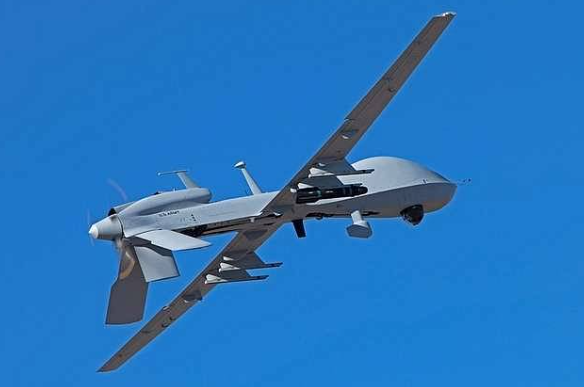
7. Strategic Implications to Air Defense Doctrine
The assault is the archetype of the development of air combat: high-volume, cost-effective systems that overwhelm high-quality, high-cost defenses. Precision-oriented Western militaries, no longer stressing technological supremacy, are faced with the doctrinal quandary how to inexpensively respond to massed threats repetitively. Directed-energy systems, unmanned interceptors, and combined electronic warfare are explored, but operational maturity is restricted.
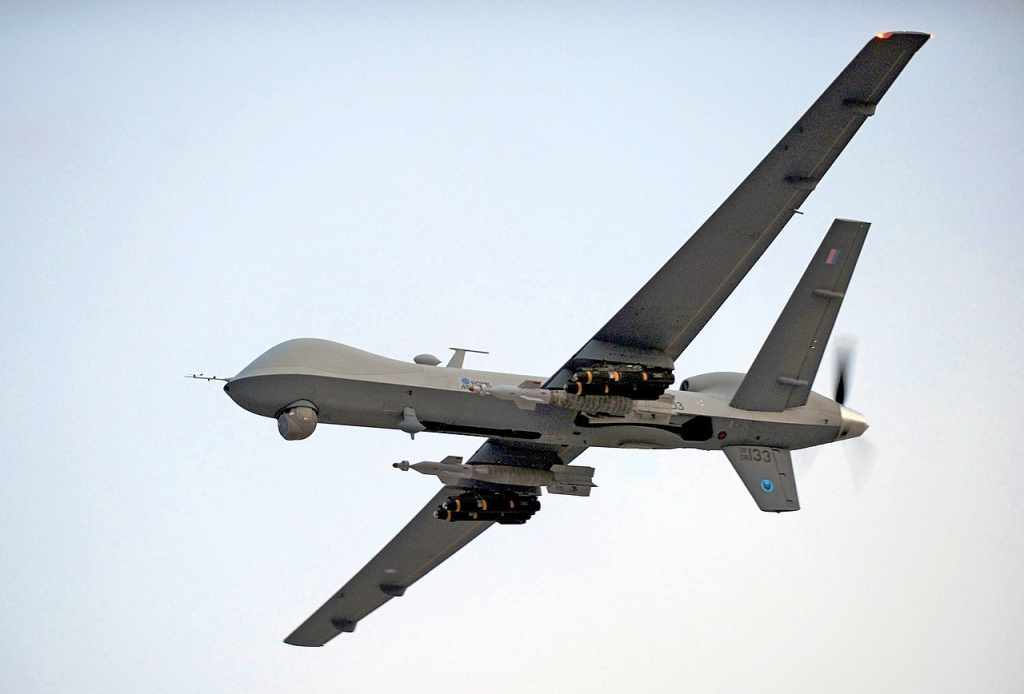
8. Industrial Scaling and Supply Chains
Russia’s Albaugh plant, which Iran helped develop, is the key to mass-production of Shaheds. Chinese-assembled parts specifically, controlled reception pattern antennas and unmanned aircraft engines are the keys to sustained production. Closing these logistics conduits may reduce the capacity of Russian attacks, yet the enforcement of sanctions remains ineffective.
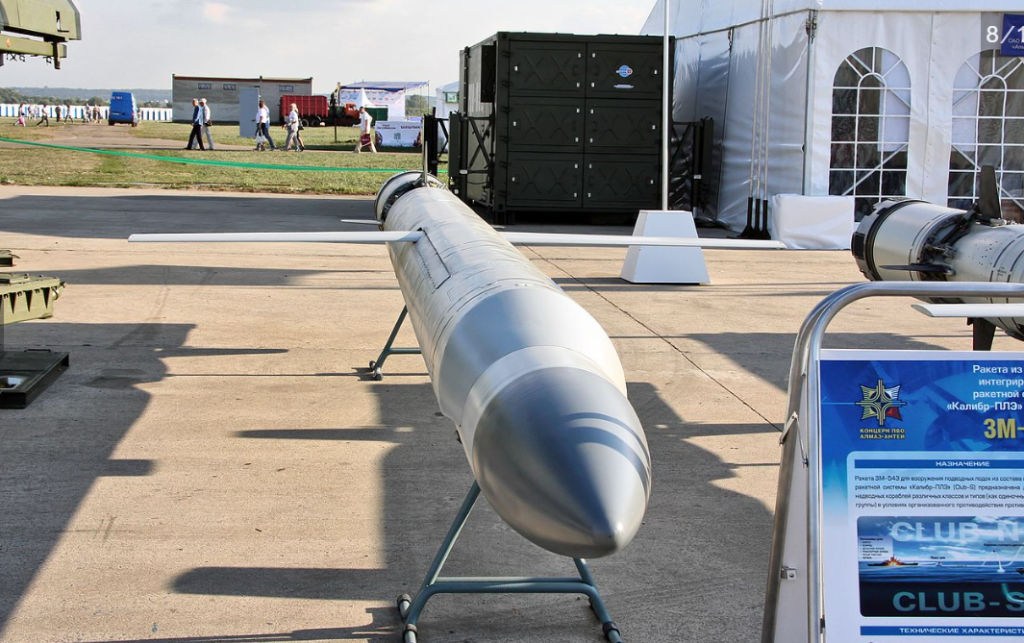
9. The Role of the Mixed Tactics in Overwhelming Defenses
By combining drones with Kalibr missiles, Russia exploits complementary strengths: drones saturate and distract, while missiles deliver precision strikes on high-value targets once defenses are thinned. This layered offensive blurs the line between strategic and tactical strikes, hitting both infrastructure and frontline positions. Russia’s 500-Weapon barrage wasn’t destruction it was a demonstration of a developing combat doctrine in which volume, variability, and industrial might are as crucial as range and accuracy. For Ukraine and the West, adjustment to this reality will mean both additional interceptors, but a basic reevaluation of air defense economics and technology.


